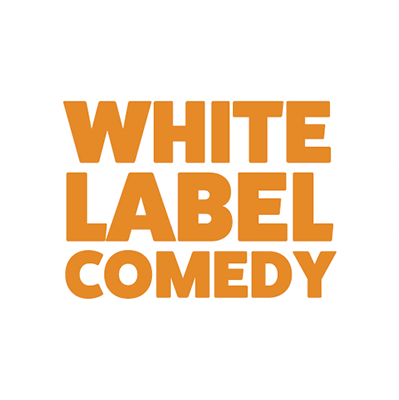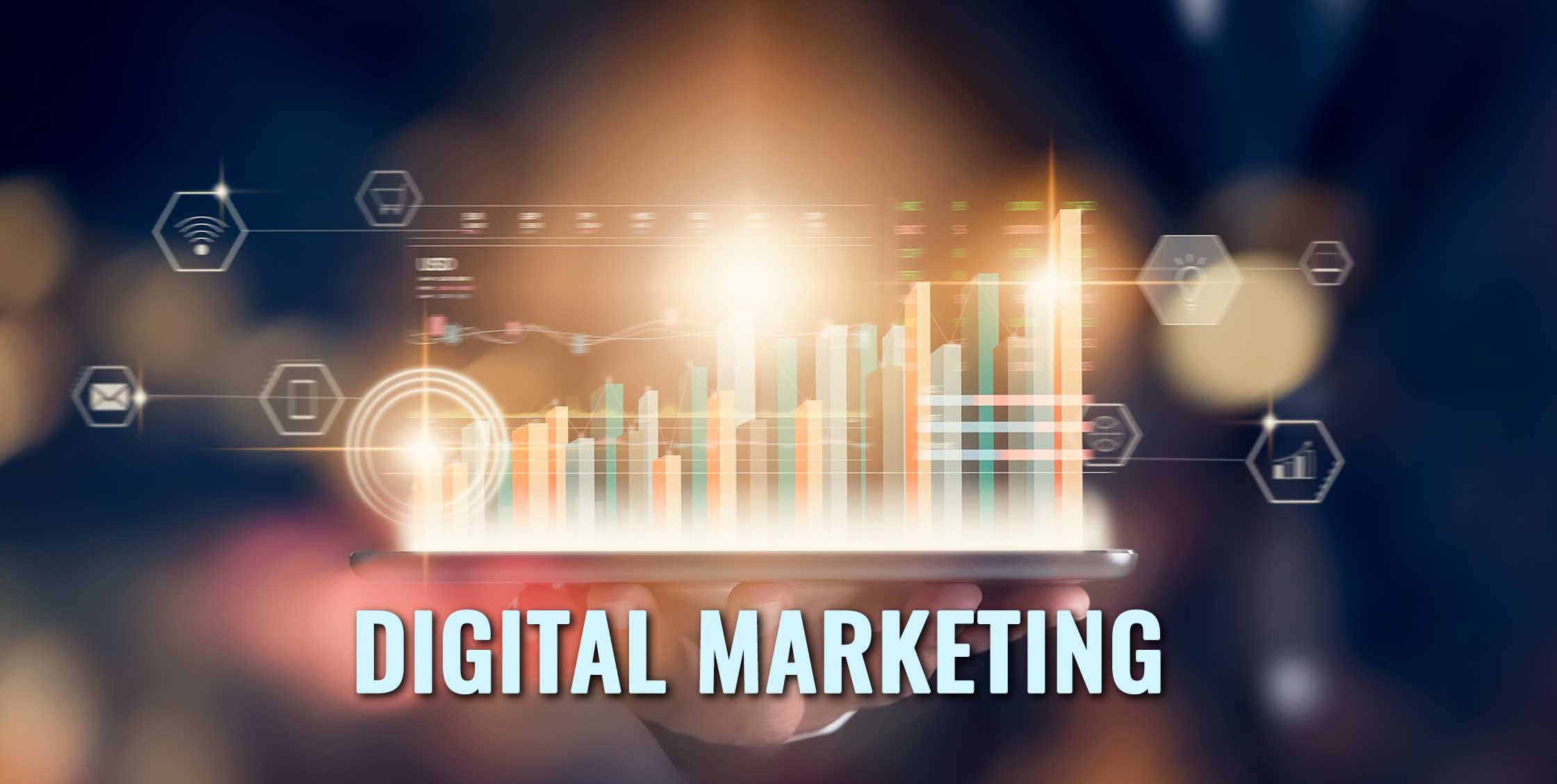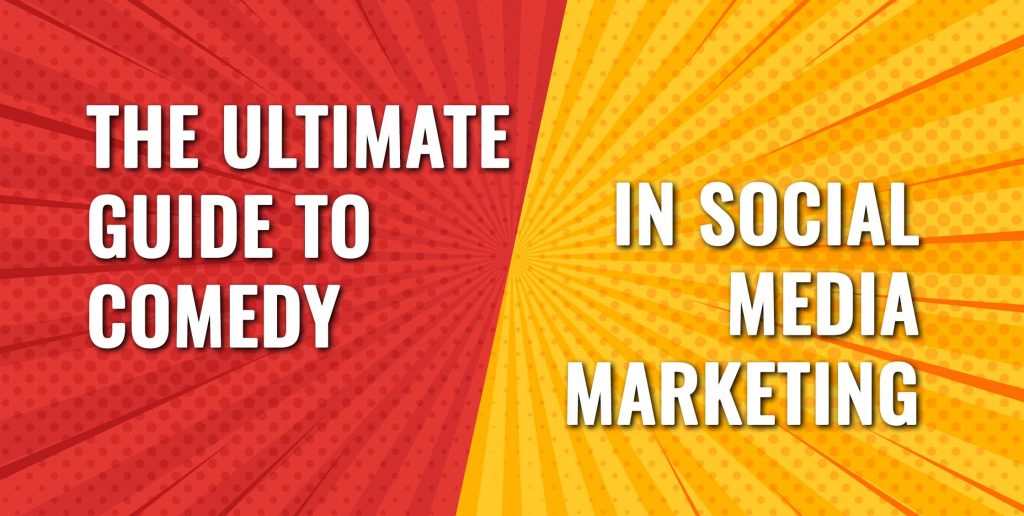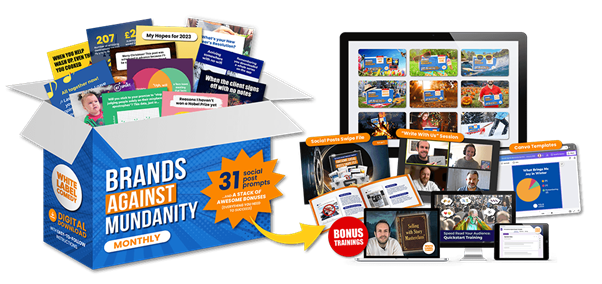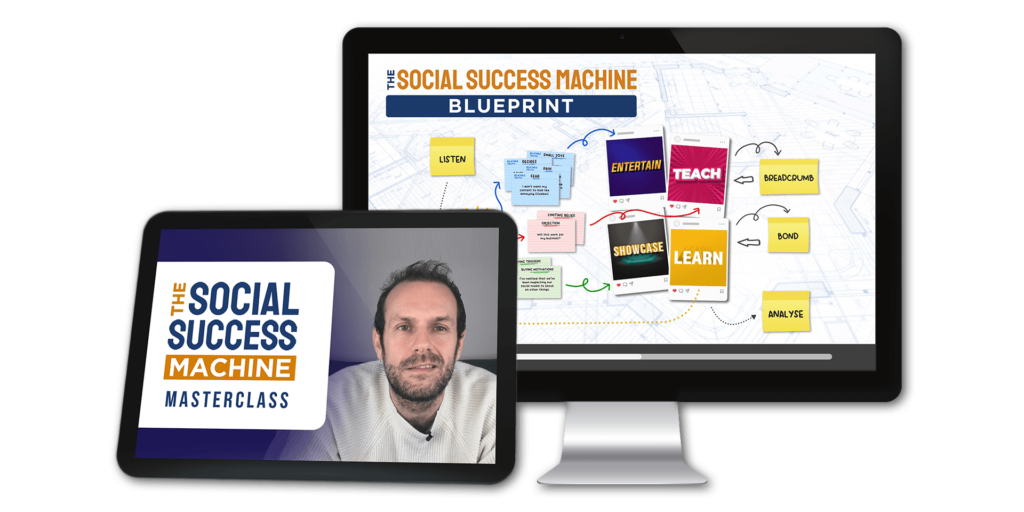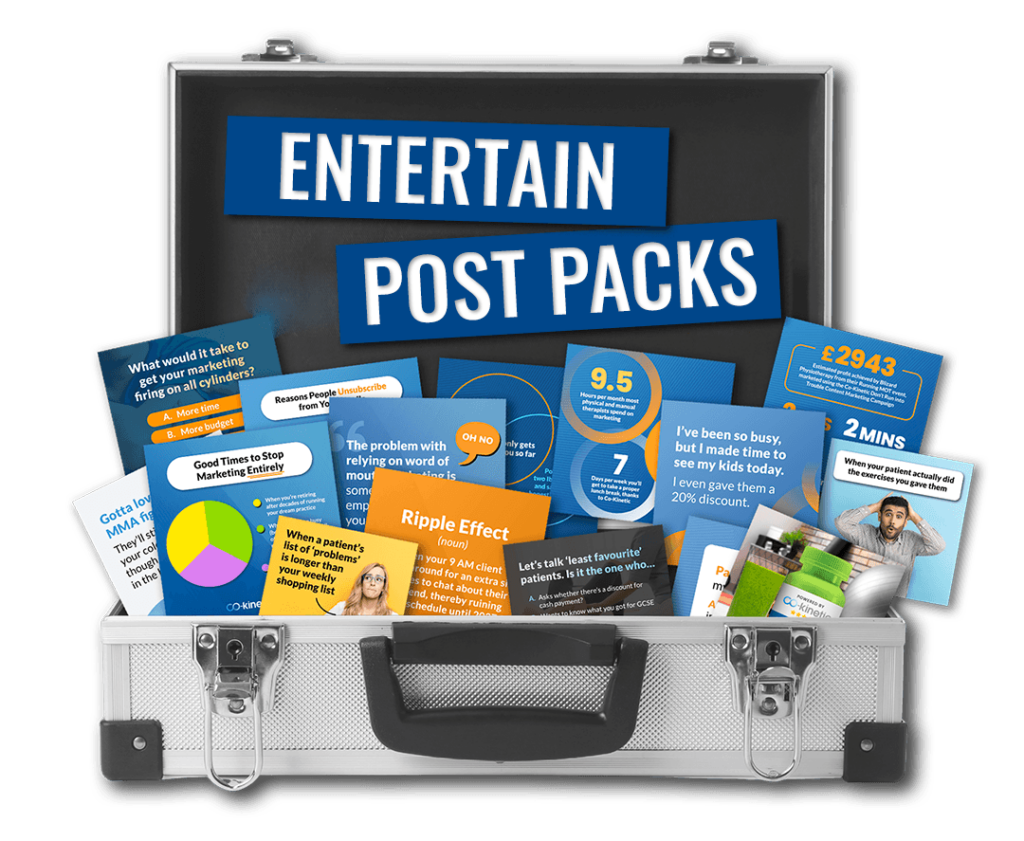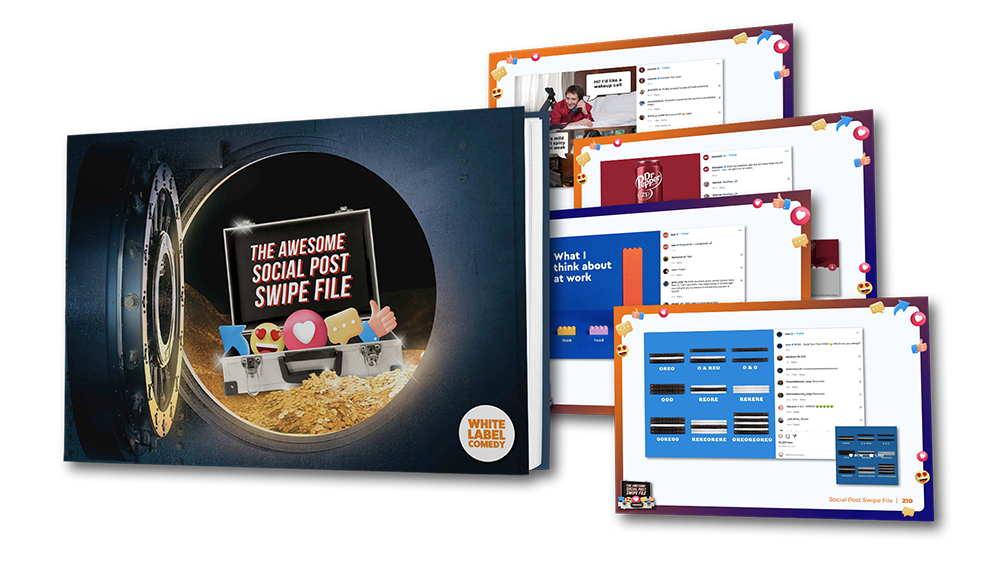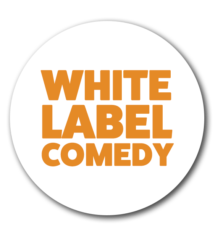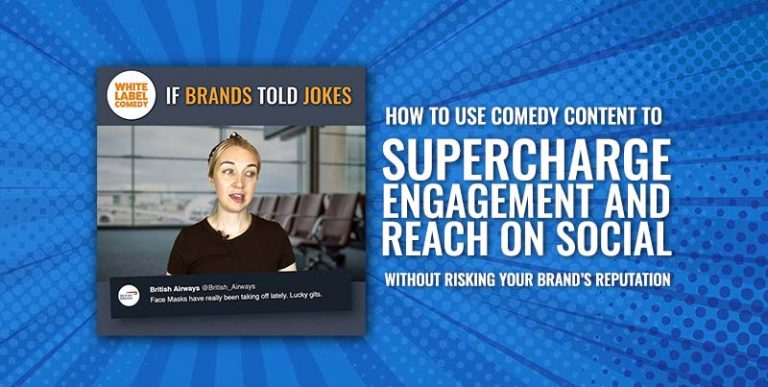Digital marketing can seem like a sprawling subject to the uninitiated. The good news is it’s not as complicated as it sounds — in fact, the basics can be broken down into five pillars.
This article will introduce these five pillars — giving you the information you need to start developing your digital marketing plan and maximise results from your marketing efforts.
But first, let’s revisit the basics.
What is Digital Marketing?
Just like traditional marketing, digital marketing is the act of trying to sell products or services to someone. The only difference is that this marketing is delivered via digital channels.
Many people leap to the assumption that ‘digital’ means ‘online’. This is not the case. Digital means electronic, and digital platforms can be online or offline. Examples of offline digital marketing include:
- Radio marketing
- Television advertising
- Electronic billboards
- Phone marketing (calls or texts)
- Touchscreen devices in venues
- Digital product samples
In this particular article, we’re going to focus on online marketing — as this is where most digital marketers will see the greatest return on investment. We’ll take a look at ways you can optimise your offline marketing another time.
Which of the following characteristics distinguish online media from traditional marketing? Online marketing happens on the internet. Done!
Now that’s cleared up, it’s time to introduce the five pillars of online digital marketing activity.
Content Marketing
Content marketing is the creation and distribution of content designed to promote brand awareness, generate leads and sales and drive web traffic. Successful content marketing is about producing and providing digital content (usually free of charge) that interests your audience, and then leveraging that interest to market your products or services.
Many marketers make the mistake of thinking this simply means ‘write blog posts’. Yes, blogs are one form of content. But ‘content’ refers to an almost unlimited variety of digital media assets including photos, videos, graphic design elements, e-books and white papers, podcasts and more.
Due to this broad scope, content marketing tactics can (and should) be applied to every stage of the customer journey— from helping you make a memorable first impression to securing that sale.
Wherever it sits in your sales funnel, your content must educate, inspire or entertain. Ideally it will do more than one of those (and comedy is a tried-and-tested way to combine all three)! In short, your content needs to provide value to potential customers. If it doesn’t, they won’t be sufficiently driven to spend time engaging with it — and if they don’t engage with your content, your content can’t move them along on their customer journey.
There’s a reason this is the first pillar — compelling content is the most important part of any digital marketing strategy. The following four pillars are essentially content delivery systems. Their relative success or failure will rely on your ability to produce content that your potential customers can’t resist — whether they view it on your website, their social feeds, in their email inbox or as a pop-up ad.
Search Engine Optimization (SEO)
For most businesses, their website is their online hub. It’s where sales are secured and payment is taken; it’s where potential customers learn about their offering and get in touch to make a booking.
It goes without saying that your website should be well designed, aesthetically pleasing, and optimised for mobile devices, but all that effort will go to waste if no one can find it. Search engine optimisation is the process of adjusting your website so it ranks higher in search engine results.
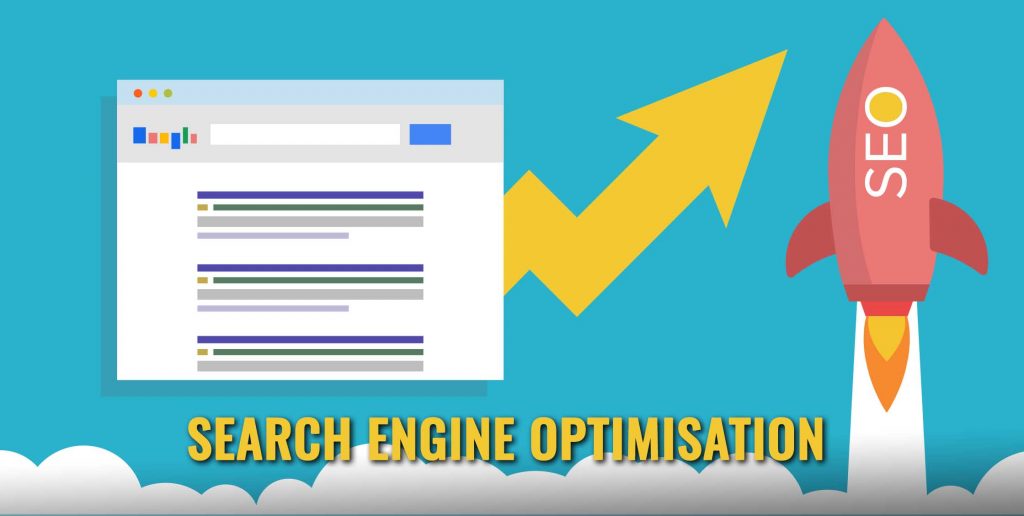
There are three main areas to address when it comes to SEO, and an effective strategy incorporates all three:
On-page SEO
This is about optimising the content that appears on your website. Digital marketers should aim to publish content that provides value and includes keywords that potential customers are likely to search for. Marketing automation tools can help you identify relevant keywords.
Publishing content that provides genuine value (leading to website visitors spending more time on the page, engaging with the content) will help boost your website up the SERPs (search engine results pages). Blog posts are a great way to do this — but keywords can also appear in other web copy, such as an About Us section.
Technical SEO
This refers to factors in your website’s backend (such as coding and image compression) that can impact on your page load speed, which in turn impacts search engine rankings. A technical SEO expert can help identify hidden issues with your website that may be negatively impacting search performance.
Off-page SEO
This strand of SEO is so called because it happens away from your website. Securing inbound links (or backlinks) from other websites — particularly those that the search engines deem to have a degree of ‘authority’ — will boost your website up the SERPs.
You can do this by networking with other digital marketers and writing guest posts for their websites that include a link to your own. Of course, the best way to encourage others to link to your content is to simply create content that everyone wants to link to — because it educates, entertains and inspires.
Social Media Marketing
Successful digital marketers use social media to build brand awareness, drive traffic and generate sales. It’s a highly diverse and flexible pillar of online digital marketing, and when it comes to boosting brand awareness, it’s far and away your most important digital marketing channel.
The specific social networks that a brand chooses to engage with will depend on the preferences of their ideal customer — Facebook is fairly universal, but are your ideal customers more likely to use LinkedIn or Pinterest, Instagram or Twitter, Snapchat or TikTok?
Whichever social media platforms you’re on, content is key. Whether it’s images, videos or links to a blog, sharing irresistible content is the only way to get your brand name and message onto new screens every day. When users like, comment or share your post (either because it’s educational, inspirational, hilarious…or all three) you receive an algorithmic boost, and the potential number of users seeing your branded content grows exponentially.
The internet is full of examples of brands whose message reached thousands of new customers because their social media content went viral. The best part is, this can happen organically — if your content is good enough (but you can always give it a helping hand through paid advertising).
Social media is also an increasingly important component of customer service, with one in three customers taking to social media when they need help or have a complaint. Digital marketing isn’t just about reaching new customers, it’s about looking after the ones you have — social media is a golden opportunity to cultivate customer relationships and build a reputation as a brand that delivers exemplary customer service.
Email Marketing
In a world seemingly run by social media, email marketing often gets overlooked.
However, email still offers a better ROI than social media — not least because it’s much easier to track the sales success of a specific email than a specific social media post. Of course, the relationship between these two pillars is symbiotic — social media can drive mailing list sign ups, and emails can encourage recipients to follow you on social media.
Email marketing offers the unique opportunity to contact potential customers directly, delivering your call to action direct to their inboxes. You can target tailored email campaigns to specific demographics within your mailing list, and it’s simple to A/B test different approaches so that you can constantly refine your email marketing tactics.
The most obvious type of email marketing is the ubiquitous email newsletter, but this pillar of digital marketing also encompasses email-based courses, account welcome emails, digital receipts and thank yous to customers who’ve purchased something, booking confirmations, reminder notifications and more.
By now you won’t be surprised to learn that the key to effective email marketing is to provide worthwhile content. Each aspect of an email campaign can be considered a piece of content in its own right, and each has an important job to do. A well-written subject line ensures recipients can’t resist opening your email. Compelling body text (supplemented with images and video) that educates, entertains and inspires will keep them reading, and a perfectly crafted call to action drives them to convert.
Online Advertising
The fifth pillar of online digital marketing is paid advertising. There are three broad categories, although there is significant overlap between these:
Pay-Per-Click (PPC)
This refers to any type of advert that you pay for on a per-click basis. The most commonly talked about is Google Ads. Other platforms that offer PPC advertising include Facebook, LinkedIn and Twitter offer PPC advertising.
Affiliate Marketing
This is when you pay an individual or business to promote your business on their digital platforms. Payment can be upfront or on a commission basis, and they will usually promote your business by creating related content such as an article, review or video. Collaborating with social media influencers is a form of affiliate marketing.
Native Advertising
This is any type of advertising that appears on a platform and isn’t immediately identifiable as an advertisement. Native advertisements can appear as ‘recommended’ videos or articles, for example. This is similar to affiliate marketing, although native advertising content will commonly be produced by the advertiser rather than the affiliate. Certain types of social media advertising can also be considered native advertising, as promoted posts appear alongside organic posts in users’ feeds.
It’s important to note two things about the relationship between paid advertising and compelling content. Firstly, quality content makes paid advertising more effective. Secondly, quality content can reduce the need for paid advertising.
In the social media age, content that inspires, educates and entertains can travel far and wide for free (particularly if it’s funny). If you can crack the content code and achieve massive reach organically, you may find you don’t need to spend so much on advertising.
That’s why we always recommend addressing the five pillars of online digital marketing in the order we’ve presented them. It all starts with content!
